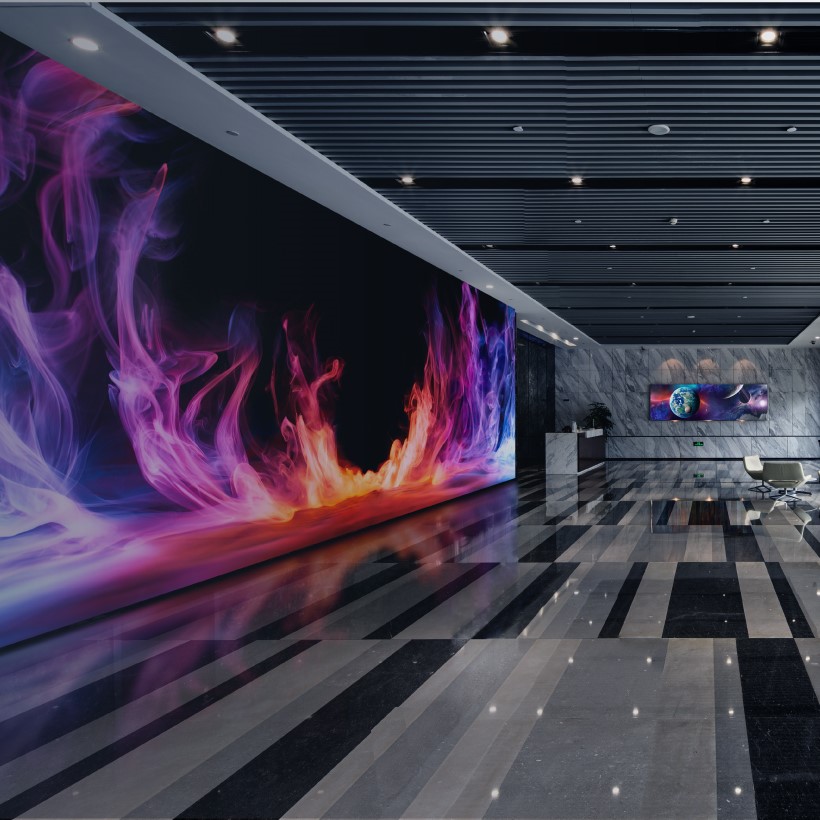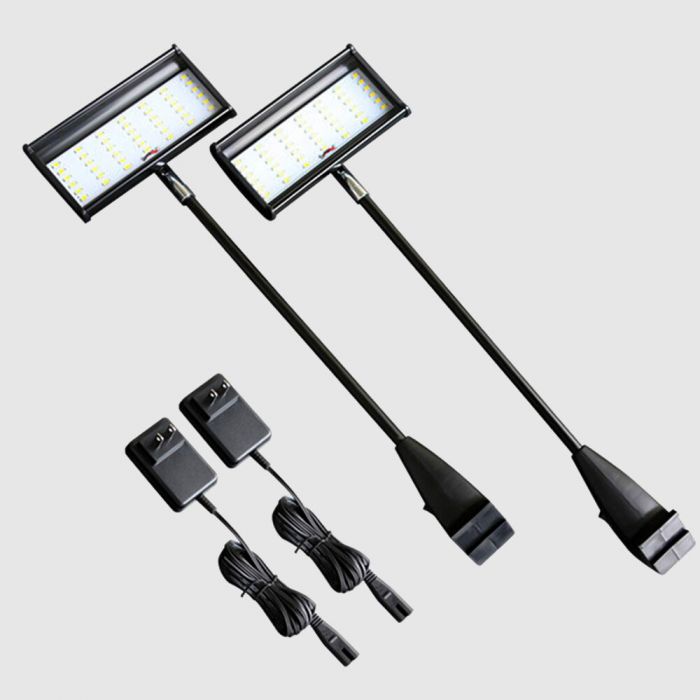Handy News To Picking Outdoor Fixed Led Display
Wiki Article
When You Look At Led Displays, How Important Are The Pixel Pitch & Resolution?
In researching LED displays, the resolution and size of the pixels are crucial. Both of these factors affect the clarity, details and overall experience of the display. These two aspects are essential for a variety of reasons.
1. Image Quality
Pixel Pitch: Pixel pitch is the space between the LED's center and the pixel that is adjacent to it. A smaller pixel-pitch means the LEDs are closer to each other. This means more pixel density, as well as better resolution. This is directly translated into sharper and more detailed images.
Resolution: The resolution refers to the amount of pixels on the display. It's typically expressed in terms of width x height, e.g. 1920x1080. Higher resolutions permit the display to display more detail. They also provide an immersive experience.
2. Viewing Distance
The pixel pitch is in direct correlation to the ideal distance to view. Displays that are viewed from a close range like indoor screens or those used in exhibitions or retail displays A smaller pixel pitch (and therefore a greater resolution) is crucial to prevent pixelated images. If the display is viewed at a distance sufficient, it may not matter that there are bigger pixels.
3. Content Versatility
Displays with a smaller pixels pitch and a greater resolution can accommodate a larger variety of content types, from high-definition videos to intricate graphics as well as small text. This flexibility is essential for applications that need fluid content. Examples include digital signage, studios for broadcasting, as well as control rooms.
4. Cost-related Implications
Although a lower pixel pitch offers superior image quality but it also increases the price of the screen. A screen with higher resolution is more costly due to the greater number of LEDs needed. Take into consideration the use and distance of the screen when trying to balance the cost of high resolution against budget.
5. Application Specificity
The importance of pixel pitch or resolution can differ based on the project.
Indoor Displays - Sometimes smaller pixels are required (e.g. between 1.2mm between 1.2mm and 2.5mm) for indoor displays to maintain high resolutions in close distances.
Outdoor Displays: May have larger pixel pitches (e.g. 4mm to 10mm) due to the fact that they are seen from a greater distance, and high resolution may be less critical.
6. The product's longevity and its possibility of upgrading
The amount of pixels per inch decreases as display technology evolves. This allows for higher resolutions even in smaller spaces. Displays with high pixel pitch will remain relevant for longer, and lessen the need for upgrades.
Conclusion:
Pixel resolution and pitch are the primary determinants of the performance of an LED display, particularly in terms of image quality, viewing experience and content versatility. When researching LED displays, take note of these aspects based on your specific application the audience you are targeting, as well as budget to make sure you choose an LED display that will meet your needs efficiently. Read the top smd screens for website examples including transparent display monitor, transparent display monitor, monitor transparent, led screen display, led panel rental, led transparent screen, advertising tvs, led wall panels, digital display, advertising displays and more.

What Is The Importance Of Portability And Weight When Researching Led Displays?
Portability and weight are extremely important considerations when evaluating LED displays, especially for specific applications where ease of transport and installation as well as flexibility are key concerns. Here's why they matter:
1. Ease in Installation and Setup
Weight: LED displays that weigh less are easier to handle during installation, especially in situations where displays require to be fixed to ceilings, walls, or any other structure. Displays that weigh a lot of weight require stronger support systems, which could make installation more difficult and increase the cost of installation.
Portability Portable displays are easy to set up, tear down and store. This makes them great for temporary installations or events. The lightweight design makes them easy to move, thus reducing the time required to set up and also the effort.
2. Staging and Staging
Frequent movement: In rental and staging markets where displays are often transferred from one place to another, lightweight and portable LED panels are vital. They allow for faster time between events, less transport costs, aswell as a reduced risk of harm when handling.
Modularity - LED display systems for portable use are often modular in style, making them easy to assemble and disassemble. This flexibility is crucial for creating custom display configurations to suit different event requirements.
3. Structural Requirements
Support Structures. Heavy LED displays will require more complex and more robust mounting structures. This could add to the expense and complexity. Contrary to larger displays, smaller, less expensive structures can accommodate these displays, making them able to function in various environments.
Venue Constraints Certain venues have weight limitations for their structures. This may be the case for ceiling or wall mounts. A display that is lightweight will ensure that you're able to accommodate the installation within the limit of weight.
4. Transport and Logistics
Shipping Costs The weight of LED displays directly affects shipping and handling costs. The lighter the display, the cheaper it will cost to ship. This is especially applicable to large installations or international shipping.
Storage and handling Light and portable displays require less space to store and are able to simplify logistics for companies that regularly transport displays.
5. Flexible in use
Configurability. Portable, lightweight displays are usually modular and can be reconfigured with different sizes or shapes to accommodate the requirements of various applications. This is a great feature for creative installations that require flexibility.
Displays that can be used in a variety of settings. They are able to be used in a variety of environments, from pop-ups for small groups to large outdoor events. This flexibility isn't feasible with larger displays.
6. Safety Considerations
Lower Risk: Lighter displays pose less risk when they are being installed and handled and handling, which decreases the chance of accidents or damage to the display itself. This is especially important in environments where the display is often changed or moved.
Compliance safety regulations, particularly in public spaces, could set weight limits on installations. For compliance, it's important to make sure that the display meets the requirements.
7. Energy Efficiency
While not directly connected to the size of the display Energy-efficient displays are typically made with lightweight displays in mind. Displays made of portable LEDs may use less energy, which is an added advantage in settings in which power supply is not as abundant or where reducing operational costs is a top priority.
Conclusion:
Weight and portability are crucial considerations for LED displays, particularly when they are used in situations that require frequent moving, temporary installations or environments with structural limitations. These elements affect not only the process of installation and transportation but also the flexibility, security, and the total cost. If you're looking at LED displays that weigh a lot, their weight and portability are important elements to consider when the application is one that needs frequent relocations, fast set-up, or compliance with structural or safety requirements. Check out the top rated quality rental led display for more info including board led, led panels, led light sign board, led wall panels, transparent screen, transparent led panel, led transparent display, flexible led screen, led video wall panels, led in walls and more.

How Crucial Is Accuracy Of Color And Calibration When Researching Led Displays?
In particular, color accuracy and calibration is crucial when it comes to LED displays that are required to be used in situations that require high-quality visuals. Why are these factors important?
1. Visual Quality and Realism
Color Accuracy: How accurately does an LED display reproduce the colors created by the creators of content? High color accuracy can make images and video look vivid and real, and colors appear exactly as they should.
Importance: For projects like broadcasting, marketing retail, professional presentations, precise reproduction of colors is vital to maintaining the visual appeal of the content and delivering the intended message effectively.
2. Brand Integrity
Consistency in Branding Businesses who rely on certain colors for branding, color accuracy is essential. The brand's identity can be damaged if the color scheme is incorrect.
Application: For consistency in brand image across different platforms, it's crucial to keep brand colors accurately.
3. The Impact of Audience Engagement
Improved Viewer Experience Superior color accuracy can create an immersive, stimulating and engrossing experience for your viewers. Accurate colors help convey messages and emotions more effectively, enhancing the overall impact of the screen.
Application: In places like museums, entertainment venues or any place that the goal is to provoke emotional responses the accuracy of color can guarantee that your audience receives the ideal experience.
4. Content Creator Intent
True Representation Designers, artists, and content creators often put a lot of effort into creating visuals with specific colors. Their work is displayed exactly as it was intended with an LED display that replicates hues accurately.
Application: When working in digital art, film photography, or any other field where color is an important aspect of narrative and aesthetic appeal, keeping color accuracy in mind will ensure that the creator's vision is honoured.
5. Calibration of Consistency
Uniformity across Panels : Calibration is utilized to ensure that all panels in the LED display have been calibrated in a way that they display the same colors and brightness, thereby preventing gaps or mismatches. This is vital for large-scale displays with multiple panels.
Regular maintenance is required to maintain the accuracy of color. Even the best displays will deviate with time. To ensure the highest performance, it's essential to conduct regular calibrations in order to maintain consistency.
Application for video walls, large outdoor displays, or any multi-panel configuration the importance of calibration is getting a smooth and uniform appearance, which is critical for high-profile, professional installations.
6. Impact on content type
Diverse Content needs: Different types of content have different specifications for color accuracy. As an example medical displays have to be highly accurate to give a proper diagnosis, while advertising displays may be more focused on vibrancy and saturation.
Application: In the areas of as retail and high-end design medical imaging, or medical imaging, having finely calibrated color settings is essential to ensure the display is in line with the specifications of the content.
7. Technology and Specifications
Bit Depth and Color Gamut: Displays with high bit depth and large color gamuts, such as DCI-P3 and Rec. 2020) have higher accuracy in color and reproduce a broader range of colors. It is crucial to understand these specifications before deciding on an LCD where precision in color is vital.
Modern LED displays are equipped with sophisticated calibration tools and software that permit exact adjustments. They ensure that the display remains correct in the course of time.
Applications: In the fields that require high-quality color, such as film production, graphic design, and high-end marketing it is essential to invest in displays that offer advanced color accuracy.
Conclusion:
Color accuracy is vital for LED displays that provide top-quality visuals that comply with brand standards. If the display is being used for advertising, entertainment, professional presentations, or in specialized fields such as medical imaging, precise color reproduction is crucial to achieving the desired impact and maintaining the integrity of the image. When researching LED display options, focus on color accuracy and calibration, particularly in the case of an application that needs accurate color representation and consistency in performance. See the best lightweight led screen for blog examples including led panel rental, led rental screen, translucent led screen, digital display, flexible led display, video wall church, led video wall, transparent screen monitor, led screen for outdoor, display light led and more.
